
Proud of Our People! Vladimir Nemirovich- Danchenko, founder of living person’s theater
/ Главная / Russkiy Mir Foundation / Publications / Proud of Our People! Vladimir Nemirovich- Danchenko, founder of living person’s theaterProud of Our People! Vladimir Nemirovich- Danchenko, founder of living person’s theater
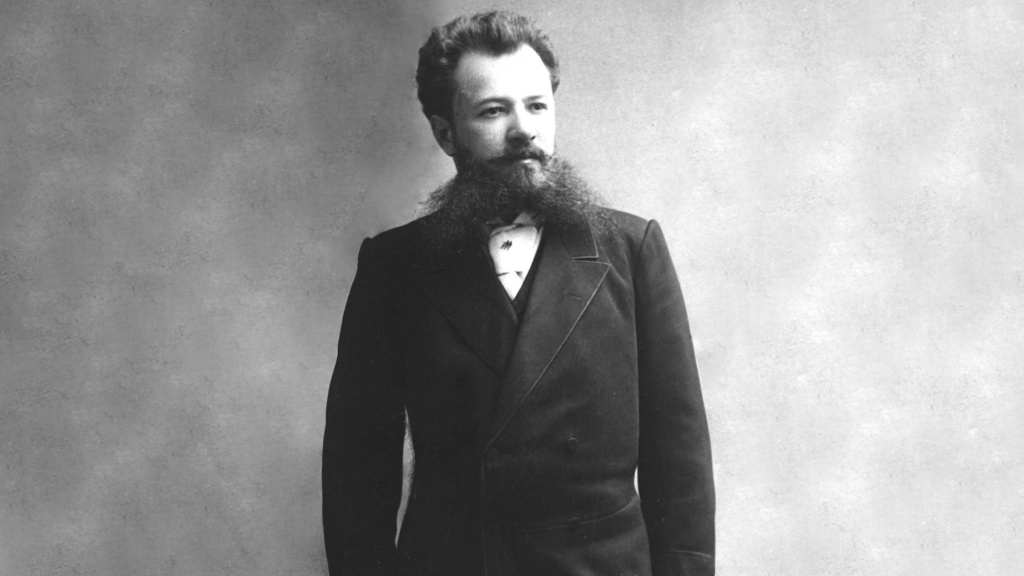
Vladimir Nemirovich-Danchenko
Vladimir Nemirovich-Danchenko's name is inscribed in the history of Russian theater along with Konstantin Stanislavski, the other "founding father" of the Moscow Art Theater. Nevertheless, Mr. Nemirovich-Danchenko was a renowned writer, playwright, and theater teacher even before their famous meeting in the Slavic Bazaar restaurant. Furthermore, it was Mr. Nemirovich-Danchenko who came up with the idea of establishing a new "people's" theater believing that the theater could become a "department of public education."
"He did his best to have his plays staged today"
Vladimir Nemirovich-Danchenko was born in Kutaisi Governorate (currently Georgia) of the Russian Empire on December 23 (11 OS), 1858. His mother was Armenian. His father came from the nobility of Chernigov Governorate and served in the Caucasus as a lieutenant colonel. He was 25 years older than his wife. The boy was five years old when his father passed away. His mother and her six children moved to Tiflis. The boys were admitted to the local grammar school. Having finished it (with a silver medal), Vladimir joined the Faculty of Mathematics and Physics of Moscow University where a scholarship was provided for natives of the Caucasus.
Truth be told, physics and mathematics did not fascinate the young man. He switched to the Faculty of Law but soon quit the University and focused on the theater, his greatest passion.
Vladimir became fond of the stage back in Tiflis during his childhood. He never missed a single performance at the summer theater near his home. No wonder that he soon composed plays and staged them in his theater set up right on the windowsill. He also tried acting at an amateur club.
Once in Moscow, he attended the Maly Theater regularly. The acting of Maria Yermolova and Glikeria Fedotova, popular actresses of the time, inspired him. Back then he realized that the acting path was not for him as it is a very dependent career. Nevertheless, Mr. Nemirovich-Danchenko did not doubt that the theater would become the central focus of his life.
When he was 19 years old, his articles about the situation in provincial theaters and reviews of stage performances in the capital were published in Moscow newspapers. The young theater critic took a stand against the clichés, conventions, and unnecessary sentimentality that thrived on the Russian theater stage at that time. Furthermore, Mr. Nemirovich-Danchenko decided to write plays about the most burning issues of the time. He wrote his first play "Rosehip" at the age of 23. It was staged in the Maly Theater right away. Then he wrote stories and novels. Almost all of his works were produced on the theater stage as plays. Inna Solovyova, a drama historian, reported that Mr. Nemirovich-Danchenko promoted his plays very actively, "He did his best to have his plays staged today assuming that the things observed today would look trite on the stage tomorrow vanishing thereafter."
Being a young journalist, Mr. Nemirovich-Danchenko met Anton Chekhov whom he had an extremely high regard for. "Chekhov is a gifted me," he once wrote. He demonstrated his respect for the writer in a rather striking way. In 1896, his play "The Cost of Life" was honored with the Griboyedov Prize (as the best play of the year). Mr. Nemirovich-Danchenko declared that he refused the prize in favor of "The Seagull" by Anton Chekhov published in the same year.
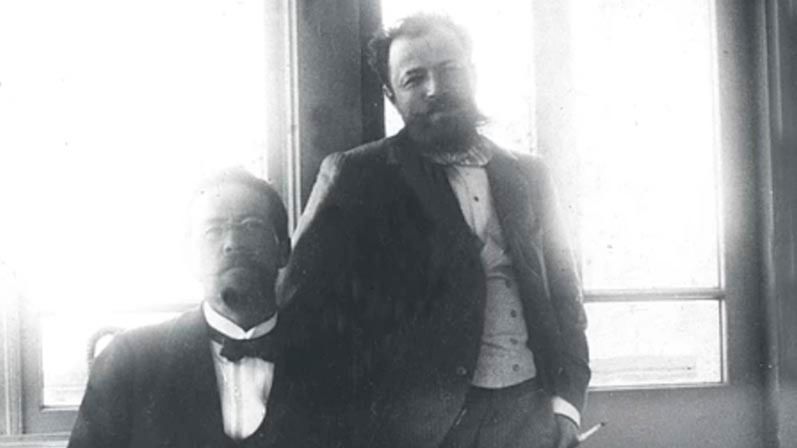
Vladimir Nemirovich-Danchenko and Anton Chekhov
Today we understand that he was so right. No one remembers his "The Cost of Life", while "The Seagull" is staged all over the world. Yet, the contemporaries did not see the point. The premiere of "The Seagull" at the Alexandrinsky Theater in St. Petersburg was a complete failure. Back then, Anton Chekhov blamed Mr. Nemirovich-Danchenko for "encouraging" him to write the play. Yet, it was Vladimir Nemirovich-Danchenko who brought "The Seagull" back to the theater stage, along with Anton Chekhov who had almost given up on his playwriting potential. For this, however, he had to establish a new private Russian theater as a counter to the stagnant state imperial theater.
"Theater should be... a department of public education"
In 1891, Vladimir Nemirovich-Danchenko began teaching at the Moscow Philharmonic Society School (today's Russian Institute of Theatre Arts or GITIS). Many prominent actors-to-be, including Ivan Moskvin, Olga Knipper-Chekhova, and Vsevolod Meyerhold, were among his students. Vladimir Nemirovich-Danchenko saw his mission in teaching them "the living person’s theater", that is the theater of life, rather than the conservative acting. His training program emphasized several important qualities to be developed in students, such as expressiveness of the face, body, and natural grace; beauty and power of the voice, the skills to master it; artistic taste, rich imagination, absence of triviality; power and vibrancy of the temperament.
Having thoroughly explored the theater by then, he was aware that it was decades behind contemporary literature and needed to be reformed. "Theater should be the embodiment of people's spiritual life, the department of public education," explained Mr. Nemirovich-Danchenko his ambitious goals. Yet, where to find such a theater? The only way was to establish it.
So, on June 21, 1897, Vladimir Nemirovich-Danchenko wrote a few phrases on his business card, "I will be at the Slavic Bazaar restaurant at one o'clock. Can we meet there? Or please notify me of the place and time at the address provided." Well, the famous meeting lasted 18 hours! Nevertheless, it was the day when a new era of Russian theater began.
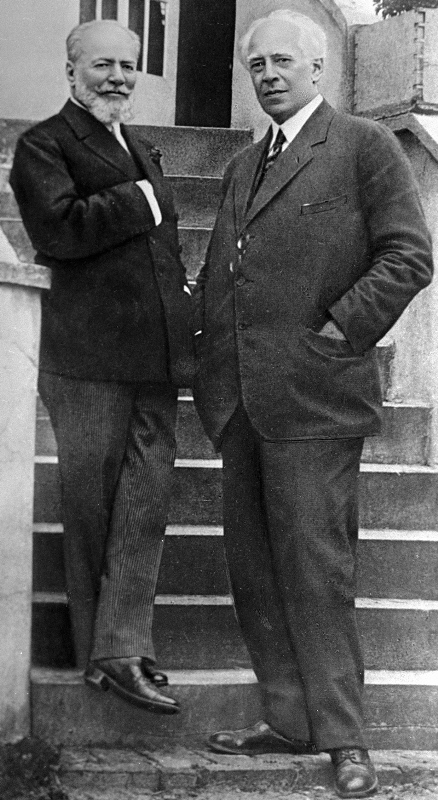
Vladimir Nemirovich-Danchenko and Konstantin Stanislavski
Why did he turn to Konstantin Stanislavski? Everything is quite logical as Mr. Stanislavski was a famous actor and director at that time. He also had founded his amateur troupe. Besides, he was from a rich merchant family with kinship and friendship ties with many wealthy families. So, the support of patrons was very important for the establishment of a theater.
"We didn't argue, even once. Our programs fused or complemented one another," recalled Konstantin Stanislavski. Their minutes of the meeting had a special emphasis, "We are establishing a people's theater." Their names became connected from that moment on.
Initially, it was planned that Mr. Nemirovich-Danchenko would be in charge of organizational and administrative matters, while Mr. Stanislavski would take care of the artistic aspects of the project. Yet, Inna Solovyova, an expert in Vladimir Nemirovich-Danchenko's work and a theater historian, explained as follows, "The first few months made it clear that this distribution of responsibilities was merely conditional. They used to say that it was neither one nor both of them behind the creation of the most significant performances (e.g. "Tsar Feodor Ioannovich" by Anton Chekhov), and the Art Theater itself. According to them, it was "someone" who emerged from their union.”
The Moscow Art Theater was founded in 1898. First of all, it is associated with Anton Chekhov and "The Seagull". Mr. Nemirovich-Danchenko believed this play would be a new dawn for the theatrical stage, "a triumph of art". Just its production had to be "skillful and not trivial". After all, he turned out to be completely right! Anton Chekhov was in Yalta when he received a telegram, "The success is enormous! We go wild with happiness!" The grateful writer gave Mr. Nemirovich-Danchenko a gold key chain engraved, "You brought my Seagull to life. Thank you!"
All subsequent plays by Anton Chekhov were staged at the Moscow Art Theater as well. Later, works by Maxim Gorky, Alexander Blok, Leo Tolstoy, and Leonid Andreev were added to the repertoire. "This theater is your honor," Anton Chekhov wrote to Mr. Nemirovich-Danchenko.
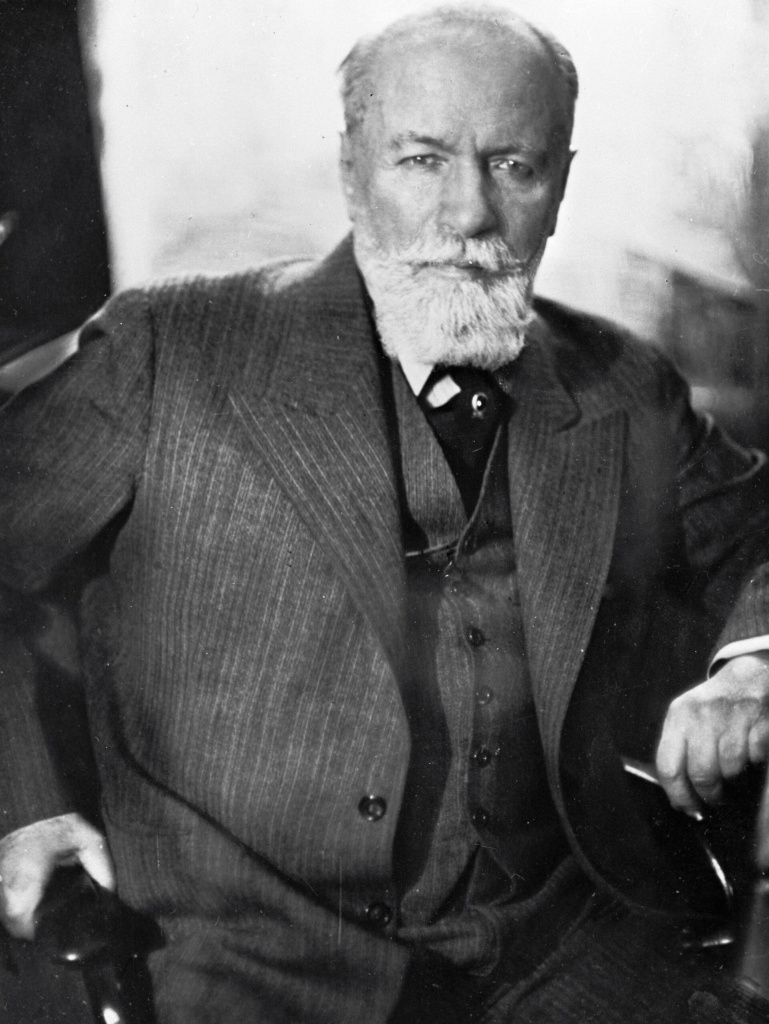
Vladimir Nemirovich-Danchenko
Read also: Proud of Our People! Konstantin Stanislavski, the Visionary Theater Reformer
"Creativity is possible in Russia only"
After the 1917 revolution, Vladimir Nemirovich-Danchenko gave the theater a new life rather than abandoning it. He decided to open a new theatrical season of 1919/20 with the establishment of the Musical Studio (Comic Opera). Today it is The Stanislavski and Nemirovich-Danchenko Music Theater.
Mr. Nemirovich-Danchenko realized that there was no going back to the past, so he searched for new names and plays. In 1925, he staged Konstantin Trenyov's drama "Pugachovschina" at the Moscow Art Theater. This production became known even in Hollywood. The director received an invitation for a tour and a cooperation proposal from there. So, in 1925, Mr. Nemirovich-Danchenko and the actors of the Musical Studio went on tour to the United States. The director stayed for three years there. His productions had great success but he was unable to create anything new.
There was a funny incident with "Pugachevshchina". The stage performance deeply impressed Hollywood figures. However, they didn't like the ending. Why did Catherine the Great execute Yemelyan Pugachev? According to experts in happy endings, it would be better if they met, fell in love, and got married. Well, Mr. Nemirovich-Danchenko wasn't impressed with their suggestion for some reason. "Creativity is possible in Russia only, America is to sell, and Europe is to have a vacation," he made his conclusion about Hollywood. "It is hard to figure out from the sidelines how they saw him in Hollywood. As a director? As a screenwriter? As an intellectual asset taken from Europe? His life accompanied by the singing of California nightingales was worse than a failure, it was meaningless. Douglas Fairbanks, Mary Pickford, Lillian Gish, Charlie Chaplin, Greta Garbo, and Conrad Feydt could not replace actors of the Moscow Art Theater for him", this is how Inna Solovyova described that period of Vladimir Nemirovich-Danchenko's life.
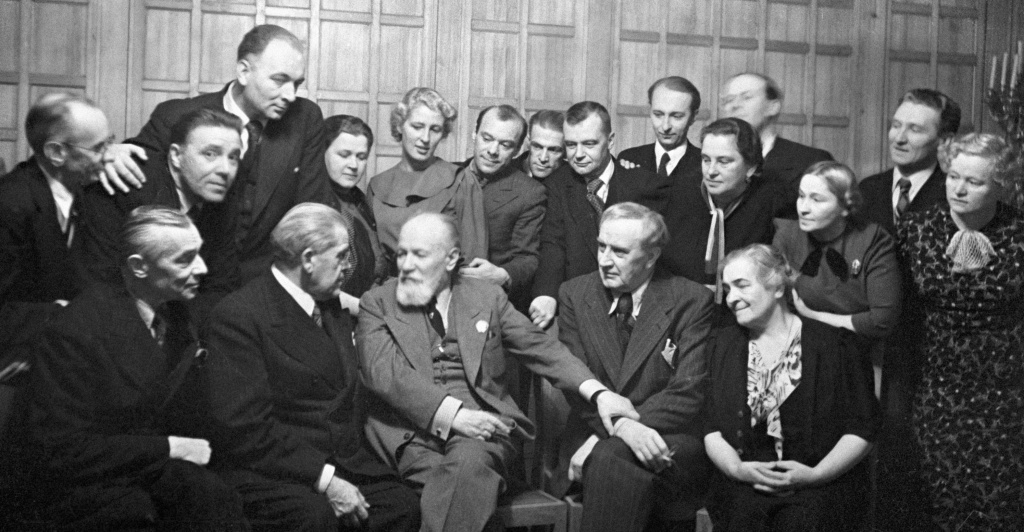
Actors of the Moscow Art Theater. Front row, left to right: Merited Artist of the RSFSR Nikolai Podgorny, People's Artist of the USSR Ivan Moskvin, People's Artist of the USSR Vladimir Nemirovich-Danchenko, People's Artist of the USSR Vasily Kachalov and People's Artist of the USSR Olga Knipper-Chekhova.
Vladimir Nemirovich-Danchenko returned to Russia in 1928. The time was just right. His colleague (and rival in recent years) Konstantin Stanislavski became seriously ill and retired from theatrical affairs. Mr. Nemirovich-Danchenko was the one fully responsible for the maintenance of the theater. His choice of theatrical productions was really impressive. The repertoire included "Lubov Yarovaya" by Konstantin Trenyov, "Anna Karenina" by Leo Tolstoy, "Enemies" by Maxim Gorky, "The Three Sisters" by Anton Chekhov, and even "Antony and Cleopatra" by William Shakespeare.
Since 1940, Mr. Nemirovich-Danchenko was chairman of the Committee for Stalin Prizes in Literature and Art and received two Stalin Prizes as well - in 1942 and 1943. During the Great Patriotic War, he was pondering how to preserve what he and Stanislavsky had built. Even on the day of his death, April 25, 1943, he was writing memoirs and planning a new theatrical season.
The day after his death, the Council of People's Commissars (Sovnarkom) issued a special resolution on perpetuating the memory of the theatrical figure, including the establishment of the Nemirovich-Danchenko Studio School at the Moscow Art Theatre. He came up with the idea of setting up such a theater school just a month before he passed away. This was the artistic legacy of the famous director and teacher.
New publications

 Mikhail Kalatozov, a director who transformed the world of cinematography in many ways, was born 120 years ago. He was a Soviet film official and a propagandist. Above all, he was capable of producing movies that struck viewers with their power and poetic language.
Mikhail Kalatozov, a director who transformed the world of cinematography in many ways, was born 120 years ago. He was a Soviet film official and a propagandist. Above all, he was capable of producing movies that struck viewers with their power and poetic language.  Ukrainian authorities have launched a persecution campaign against the canonical Ukrainian Orthodox Church (UOC), the biggest one in the country's modern history. Over the past year, state sanctions were imposed on clergy representatives, searches were conducted in churches, clergymen were arrested, criminal cases were initiated, the activity of the UOC was banned in various regions of the country, and monasteries and churches were seized.
Ukrainian authorities have launched a persecution campaign against the canonical Ukrainian Orthodox Church (UOC), the biggest one in the country's modern history. Over the past year, state sanctions were imposed on clergy representatives, searches were conducted in churches, clergymen were arrested, criminal cases were initiated, the activity of the UOC was banned in various regions of the country, and monasteries and churches were seized.  When Nektary Kotlyaroff, a fourth-generation Russian Australian and founder of the Russian Orthodox Choir in Sydney, first visited Russia, the first person he spoke to was a cab driver at the airport. Having heard that Nektariy's ancestors left Russia more than 100 years ago, the driver was astonished, "How come you haven't forgotten the Russian language?" Nektary Kotlyaroff repeated his answer in an interview with the Russkiy Mir. His affinity to the Orthodox Church (many of his ancestors and relatives were priests) and the traditions of a large Russian family brought from Russia helped him to preserve the Russian language.
When Nektary Kotlyaroff, a fourth-generation Russian Australian and founder of the Russian Orthodox Choir in Sydney, first visited Russia, the first person he spoke to was a cab driver at the airport. Having heard that Nektariy's ancestors left Russia more than 100 years ago, the driver was astonished, "How come you haven't forgotten the Russian language?" Nektary Kotlyaroff repeated his answer in an interview with the Russkiy Mir. His affinity to the Orthodox Church (many of his ancestors and relatives were priests) and the traditions of a large Russian family brought from Russia helped him to preserve the Russian language.

 The leaders of the Friends of the Great Russia cultural association (Amici Della Grande Russia) in Italy believe that the Western policy of abolishing Russian culture in Europe has finally failed. Furthermore, it was doomed to failure from the beginning.
The leaders of the Friends of the Great Russia cultural association (Amici Della Grande Russia) in Italy believe that the Western policy of abolishing Russian culture in Europe has finally failed. Furthermore, it was doomed to failure from the beginning.  "Russia is a thing of which the intellect cannot conceive..." by Fyodor Tyutchev are famous among Russians at least. December marks the 220th anniversary of the poet's birth. Yet, he never considered poetry to be his life's mission and was preoccupied with matters of a global scale. Mr.Tyutchev fought his war focusing on relations between Russia and the West, the origins of mutual misunderstanding, and the origins of Russophobia. When you read his works today, it feels as though he saw things coming in a crystal ball...
"Russia is a thing of which the intellect cannot conceive..." by Fyodor Tyutchev are famous among Russians at least. December marks the 220th anniversary of the poet's birth. Yet, he never considered poetry to be his life's mission and was preoccupied with matters of a global scale. Mr.Tyutchev fought his war focusing on relations between Russia and the West, the origins of mutual misunderstanding, and the origins of Russophobia. When you read his works today, it feels as though he saw things coming in a crystal ball...